A stable currency, low inflation, low unemployment and an increasingly business-friendly environment bode well for the Philippines. That said, President Trump’s tariffs do pose a potential challenge to the government’s ambitions to attract foreign investment, particularly given that 32% of FDI into ASEAN in 2023 came from the USA. Monetary Policy, Inflation & Interest Rates With inflation risks easing, the Bangko Sentral ng Pilipinas (BSP) cut its policy rate by 25bp to 5.50% on 10 April, also adjusting the overnight deposit and lending rates to 5.00% and 6.00% respectively. The move reflects the Bank’s push for a more accommodative stance, though it’s likely to proceed cautiously from here. Policymakers remain alert to global headwinds, along with domestic risks tied to food and utility prices. Risk-adjusted inflation forecasts for 2025 range from 3.5% to 2.3%, rising slightly to 3.7–3.3% in 2026. As of 10 April, the peso stood at 57.37 PHP/USD, holding steady in a tight range bet...
You must be signed in to read this content. Please enter your user name and password below for access. Want the full Brief? Register free for full access to 16+ countries. Register for free here.
